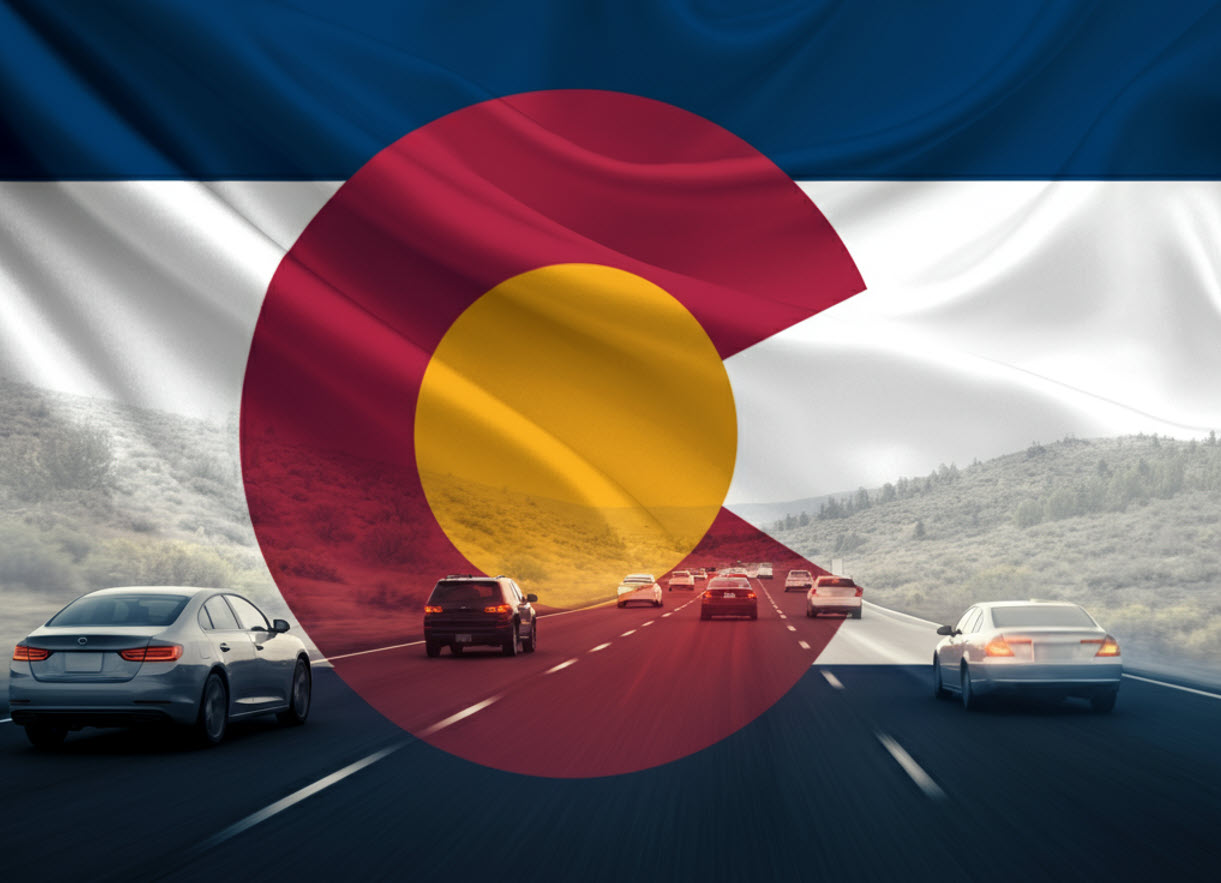Safer Roads Ahead? Colorado’s Push for Cutting Collisions and Costs
A bold initiative is underway in Colorado to address the rising costs of auto insurance through a unique combination of infrastructure improvements, safety measures, and dedicated funding. The Colorado House of Representatives has proposed House Bill 1303, commonly known as the Crash Prevention Enterprise, which aims to reduce collisions, enhance road safety, and potentially lower auto insurance premiums. At the center of the bill is a modest $3 fee for every insured vehicle in the state, generating necessary funding for projects like wildlife crossings, pedestrian pathways, and bike lanes. This visionary yet controversial measure has sparked vibrant debate among stakeholders, highlighting varying perspectives on its feasibility and long-term impact.
A Targeted Approach to Safety and Car Insurance Costs
The proposed Crash Prevention Enterprise stems from a growing need to address both road safety and the financial burden of auto insurance premiums. Between 2018 and 2023, Colorado witnessed a 77% increase in pedestrian fatalities, reflecting a mounting need for safety-focused transportation solutions. Concurrently, more than 1.1 million wildlife collision claims were filed nationwide in 2020 and 2021, underscoring the often-overlooked hazards drivers face on rural and semi-urban roads.
Wildlife-vehicle collisions are a much bigger problem than most people realize, costing more than $8 billion every year across the United States. When you think about it, this isn’t just about fixing cars; it includes everything from medical bills for injuries, loss of life, towing expenses, and even cleaning up after the accidents. Honestly, it’s heartbreaking.
Deer-vehicle collisions? They’re a massive chunk of this issue. Over 1.23 million of those collisions happen in a single year, racking up over $4 billion in costs. It’s staggering to think about how many lives that impacts—not just financial loss but the emotional toll too, on drivers and, well, the animals trying to survive in our increasingly busy world. Feels like we’ve got to do better, doesn’t it?
In dealing with the problems, the initiative aims to make considerable strides in infrastructure and technology, subsidized by a $3-per-vehicle surcharge on all insurance policies commencing July 2026. Notable undertakings include the construction of wildlife crossings to safeguard the passage of animals around heavily-trafficked highways, installations of red-light cameras at high-crash intersections, and improvements to pedestrian and cycling facilities. The bill allocates 80% of fee revenues toward mitigating road safety risks for vulnerable road users and the remaining 20% toward mitigating wildlife collisions.
Proponents see this initiative as a win-win, not just for consumers and communities, but for the insurance industry as well. For insurers, it represents a forward-thinking step toward mitigating risks before they happen, a rare chance to shift from reactive claims management to proactive problem-solving. By reducing accidents through preventative measures, the goal is to lower the volume of claims, which could lead to stabilizing or even reducing premiums in the long run.
State Representative Andrew Boesenecker, a co-sponsor of the bill, emphasized its broader benefits, explaining, “This isn’t just about cutting costs on insurance. It’s about saving lives and ensuring people feel confident on Colorado’s roads. Every step toward collision prevention makes Colorado a safer and more livable state.”
The Crash Prevention Skeptic Viewpoint
Despite its promising ambitions, not everyone is convinced that the Crash Prevention Enterprise will achieve its stated goals. Critics, particularly from industry groups like the Rocky Mountain Insurance Information Association, argue that the impact on insurance premiums will be negligible. Carole Walker, the organization’s executive director, noted that adding $3 to policyholders’ fees “may fund well-intentioned projects, but it’s unlikely to significantly lower auto rates.”
Stating that other factors driving Colorado’s high premiums, such as litigation costs, catastrophic hailstorms, and advanced vehicle repair expenses, remain unaddressed in the legislation. Wildlife collisions represent a smaller slice of the pie compared to the broader issues plaguing the system. Without substantial tort reform or measures addressing these larger concerns, fees like this one won’t move the needle enough for consumers.
This perspective is echoed by some lawmakers who express concern about adding another mandatory fee for taxpayers without clearer evidence of economic benefits.
How the Initiative Will Work
Beginning in mid-2026, Colorado insurers will be tasked with collecting the new $3 crash prevention fee as part of auto insurance premiums. The funds will go directly to the newly formed Crash Prevention Enterprise, which will operate under the Department of Transportation (CDOT). The collected revenue will be allocated primarily through grants to local governments, tribal entities, and private organizations that propose collision prevention projects.
The plan comes with solid checks and balances to keep everything open and honest. There will be a public dashboard where anyone can see which projects are getting funded, how money is being used, and what progress is being made. On top of that, yearly reports will break down spending, showcase results, and evaluate how well the program’s achieving its goals. By the end of five years, the program’s set on showing its worth by demonstrating fewer collisions and, hopefully, lower insurance costs tied to those accidents.
Long-Lasting Effects and Practical Implications.
The insurance world is paying attention with states such as Colorado taking bold actions with ideas like HB 1303. Home hardening and this program, on the safety and affordability spectrum, are targets that are being tackled simultaneously. These programs try to mitigate accidents through funding wildlife crossings and enhanced pedestrian infrastructure, which over time could mean fewer claims, lower premiums, and reduced spending for customers.
Such investments reduce the costs of maintaining safe roads and improve safety, enabling a time in the future where there is a glimmer of hope for lowered insurance costs. If HB 1303 passes and succeeds, it could be the go-to model for other states looking to solve problems creatively. For the drivers and communities, and even for the insurers who are trying to keep up with evolving risks, the approach is beneficial for all which makes it pragmatic.


